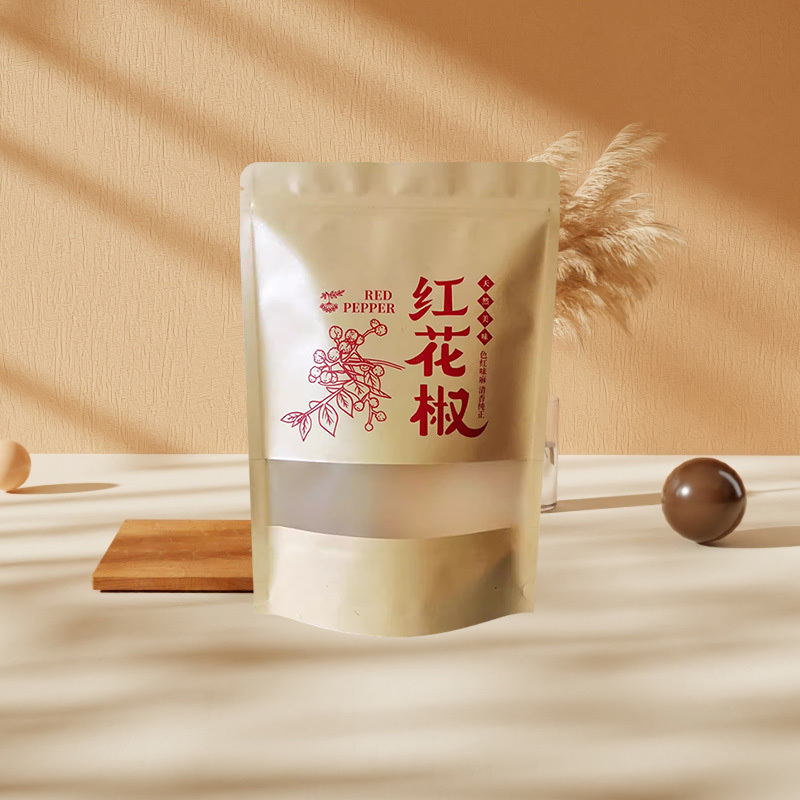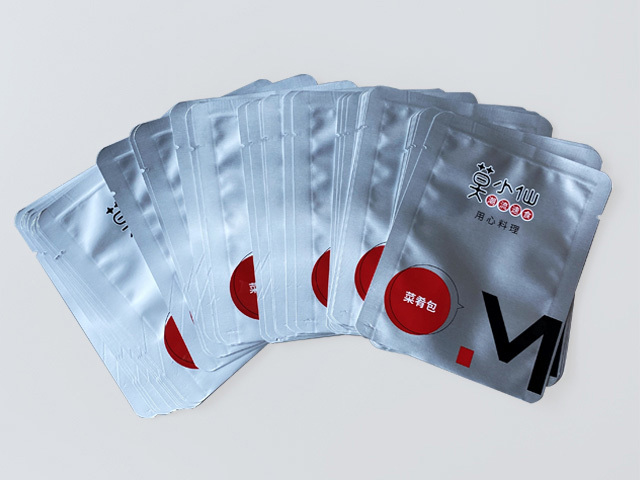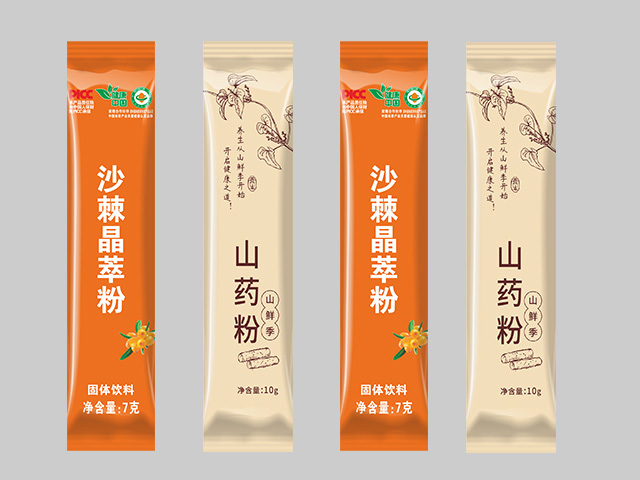Encyclopedia of Plastic Types
01 Thermosetting Plastics
Thermosetting plastics are plastics that can be cured under heat or under specific conditions, and have the characteristics of being insoluble and infusible. The resin of this kind of plastic is a linear prepolymer before processing, but chemical crosslinking reaction occurs during processing to form a three-dimensional network structure. Therefore, they cannot be heated to soften or processed repeatedly after molding. Typical representatives of thermosetting plastics are phenolic plastics, epoxy plastics, etc., which have high heat resistance and are not easy to deform under load.
02 polystyrene plastics
Polystyrene plastic is an important transparent plastic, which is widely used in various transparent products. Such plastics include PS, HIPS, ABS, AAS, ACS, MBS, and AS, among others. Among them, PS is a transparent raw material, commonly used in the production of automotive lampshades, daily transparent parts, transparent cups, cans and so on. Because of its transparency and plasticity, this kind of plastic occupies a certain proportion in the use of plastic raw materials.
03 PVC
Polyvinyl chloride (PVC) is a general-purpose plastic with high mechanical strength and excellent electrical properties. At the same time, it has good resistance to acid and alkali and excellent chemical stability. However, its thermal softening point is relatively low. In terms of application, PVC is mainly used for furniture and interior decoration, in which soft materials are often used as decorative films and edge sealing materials, while hard materials are used to manufacture various plates, pipes, profiles and doors and windows. In addition, semi-rigid, foam and composite materials are commonly used in the production of floors, ceilings and wallpapers.
04 Special Plastics
Special plastic is a kind of plastic with unique performance, high price, low output and narrow application range. This kind of plastic mainly includes heat-resistant plastic, barrier plastic and conductive plastic, etc. Specific varieties include polyphenylene sulfide, polysulfone, polyimide, polyaniline and ethylene/vinyl alcohol copolymer. Special plastics have special functions, such as heat resistance and self-lubrication, and can be used in special applications such as aviation and aerospace.
05 Engineering Plastics
Engineering plastics are a class of plastics with excellent mechanical properties, high and low temperature resistance and dimensional stability, which are suitable for engineering structural applications. Such plastics include polyamide (PA, commonly known as nylon), polysulfone, polycarbonate resin (PC), acrylonitrile-butadiene-styrene copolymer (ABS) and polyoxymethylene (POM, commonly known as Saisteel). Because of their properties close to those of metals, engineering plastics are widely used in the fields of machinery, electronics, automobiles and aviation. The amount of this kind of plastic is only a small part of the whole resin, but it is valued for its excellent performance.
06 ABS
ABS is an engineering plastic composed of acrylonitrile, butadiene and styrene. It has excellent physical, mechanical and thermal properties. This kind of plastic is light ivory color, has good comprehensive mechanical properties, is hard but not brittle, is dimensionally stable, is easy to form and machine, can be chrome plated on the surface, and is resistant to chemical corrosion. However, ABS plastic is not high temperature resistant, heat resistant temperature is 96~116 ℃, flammable, poor weather resistance. It is widely used in household appliances such as washing machines, air conditioners, refrigerators, electric fans, etc., as well as plastic decorative plates, interior decoration components, elegant and durable furniture, etc.
07 Polyester
Polyester plastic is a kind of resin containing ester structure in the macromolecular chain. Such plastics include various types, such as PET, PBT, UP, PMMA, PC, POM, PAR, PSF, PES, PPO, and PPS. These polyesters are widely used in industry and daily life because they have specific physical and chemical properties, such as good mechanical strength, chemical resistance and processability.
08 Polyurethane
Polyurethane is a common plastic material, referred to as PU in English. It is a thermoplastic polyurethane with excellent mechanical properties, abrasion resistance and oil resistance. Polyurethane is widely used in the manufacture of soles, tires, conveyor belts, pipelines, auto parts, etc. In addition, polyurethane also has excellent anti-aging performance and low temperature resistance, so that it can maintain good performance in various harsh environments.
09 strong plastic
A strong plastic is a plastic whose mechanical properties are improved by adding reinforcing materials. According to the shape of the reinforced material, strong plastic can be divided into granular (such as calcium plastic reinforced plastic), fibrous (such as glass fiber or glass cloth reinforced plastic), flake (such as mica reinforced plastic). According to the material classification, there are cloth-based reinforced plastics (such as rag-reinforced or asbestos-reinforced plastics), inorganic mineral-filled plastics (such as quartz or mica-filled plastics), fiber-reinforced plastics (such as carbon fiber-reinforced plastics). In addition, there are reaction injection molding, reinforced reaction injection molding, reinforced thermoplastics and styrene-acrylonitrile copolymer types.
10 Functional Plastics
Functional plastics are a class of plastics with specific functions, mainly used to meet specific application requirements. This kind of plastic usually has the characteristics of heat resistance, corrosion resistance and self-lubrication, so it is widely used in aerospace, medical, automobile manufacturing and other fields. For example, polytetrafluoroethylene (PTFE), commonly known as Teflon, has good corrosion resistance, while silicone is often used in high temperature environments. These plastics not only have excellent mechanical properties and dimensional stability, but also maintain their excellent performance at high and low temperatures, so they can be used as engineering structural parts.
11 PET
PET, that is, polyethylene terephthalate, is a common plastic material, mainly used in the manufacture of mineral water bottles, carbonated beverage bottles and so on. The plastic was first used in man-made fibers, film and tape, and began to be used in beverage bottles in 1976. PET bottles have excellent hardness and toughness, light weight, easy to carry and use, and low production energy consumption. It is airtight, non-volatile, acid and alkali resistant, and is an ideal packaging material for carbonated beverages. However, it should be noted that PET bottles cannot be used for high-temperature liquids or heating, otherwise they are easily deformed and may release harmful substances.
12 Polyamides
Polyamide resins are a class of macromolecular materials containing amide groups in the macromolecular chain. Such resins include PA6, PA66, PA610, PA46, PA1010, PA11, PA12 and PI. Polyamide resins are widely used in automobile manufacturing, electronics, aerospace and other fields due to their unique molecular structure, good mechanical properties, wear resistance, heat resistance and chemical resistance.
13 Polyolefins
Polyolefin plastics is a kind of hydrocarbon-based structure, side chain resin and its copolymer. Such plastics include LDPE, HDPE, LLDPE, PP, EEAEVA, PB-1, and TPX, among others. Polyolefin plastics have excellent mechanical properties, chemical resistance and processing performance, and are widely used in packaging, construction, automobiles and home appliances and other fields.
14 Cast plastic
Cast plastic is a liquid resin mixture that can be poured into a mold without pressure or under a little pressure and hardened into a certain shape. For example, monomer cast nylon (MC nylon) is one of them. The molding method of this plastic is different from molded plastic, laminated plastic, extruded plastic, injection plastic, blow molding plastic, and reaction injection molding plastic. Cast plastic is characterized by its liquid nature, which allows it to easily fill the mold and maintain the shape of the mold after hardening.
15 Polycarbonate (PC)
Polycarbonate is a thermoplastic engineering plastic known for its excellent mechanical and electrical insulation properties. Its impact strength and thermal resistance surpass many other plastics, and its transparency is as high as 90%, so it is known as "transparent metal". Polycarbonate is mainly synthesized from bisphenol A and diphenyl carbonate, and is commonly used in the manufacture of kettles, water cups and milk bottles. In addition, it is also widely used in aviation, instrument manufacturing and insulation parts, such as the manufacture of signal lights, windshields and cockpit covers.
16 Hydrocarbon plastics
Hydrocarbon plastic is a non-polar plastic, with both crystalline and non-crystalline types. Crystalline hydrocarbon plastics include polyethylene and polypropylene, while non-crystalline hydrocarbon plastics include polystyrene. Because of their unique chemical structure, these plastics have specific physical and mechanical properties and are widely used in various industrial and daily applications.
17 thermoplastic cellulose plastics
Thermoplastic cellulose plastics mainly include cellulose acetate, cellulose acetate butyrate, celluloid and cellophane. Such plastics have specific processing methods, such as film pressing, lamination, injection, extrusion, blow molding, etc. Among them, the physical processing performance of the film pressed plastic is similar to that of the general solid plastic, while the laminated plastic is made of the fiber fabric impregnated with resin by hot pressing. The physical properties of plastic injection, extrusion and blow molding are similar to those of ordinary thermoplastics. In addition, casting plastics and reaction injection plastics are also processing methods for thermoplastic cellulosic plastics.
18 Polypropylene
Polypropylene, referred to as PP in English, is one of the four general-purpose plastics. This plastic has excellent heat resistance, and its continuous use temperature can reach below 100 ℃. Polypropylene plays an important role in the plastics industry because of its wide range of uses and good performance.
label:
Recommended news
Are you looking for a reliable plastic bag manufacturer
We can quickly provide customers with market analysis, technical support and customized services.
Looking forward to working with you
We have always been highly appreciative of the quality of your products and innovative capabilities, and we look forward to the opportunity to work with you to create a brilliant future.













